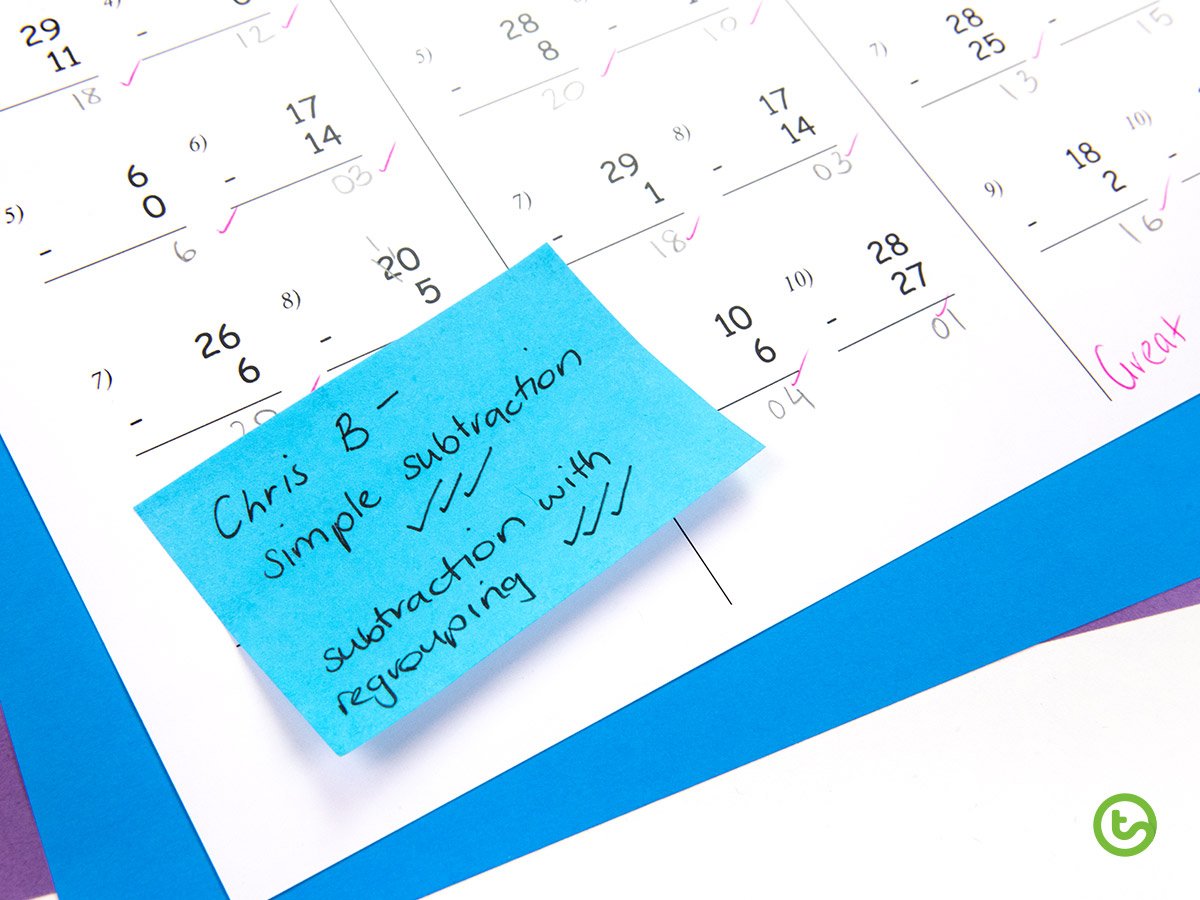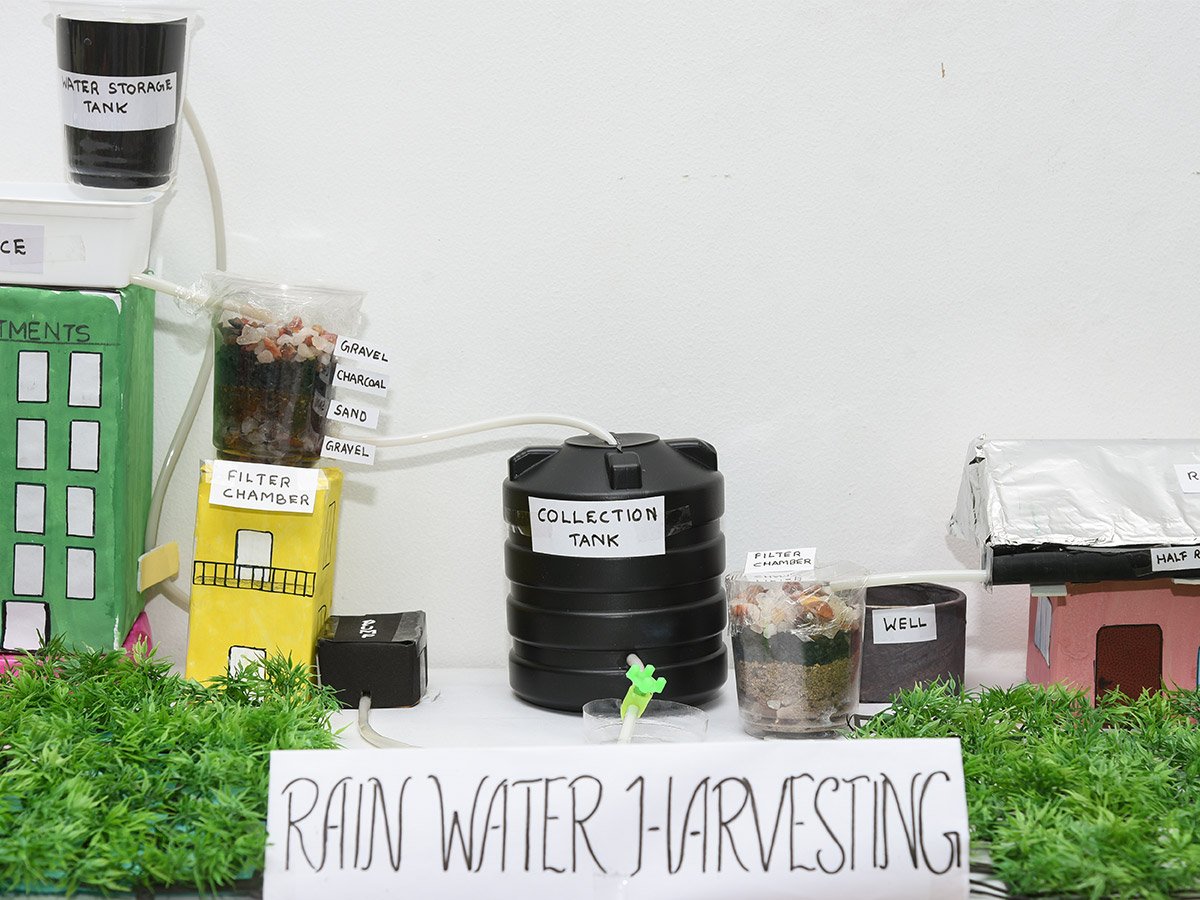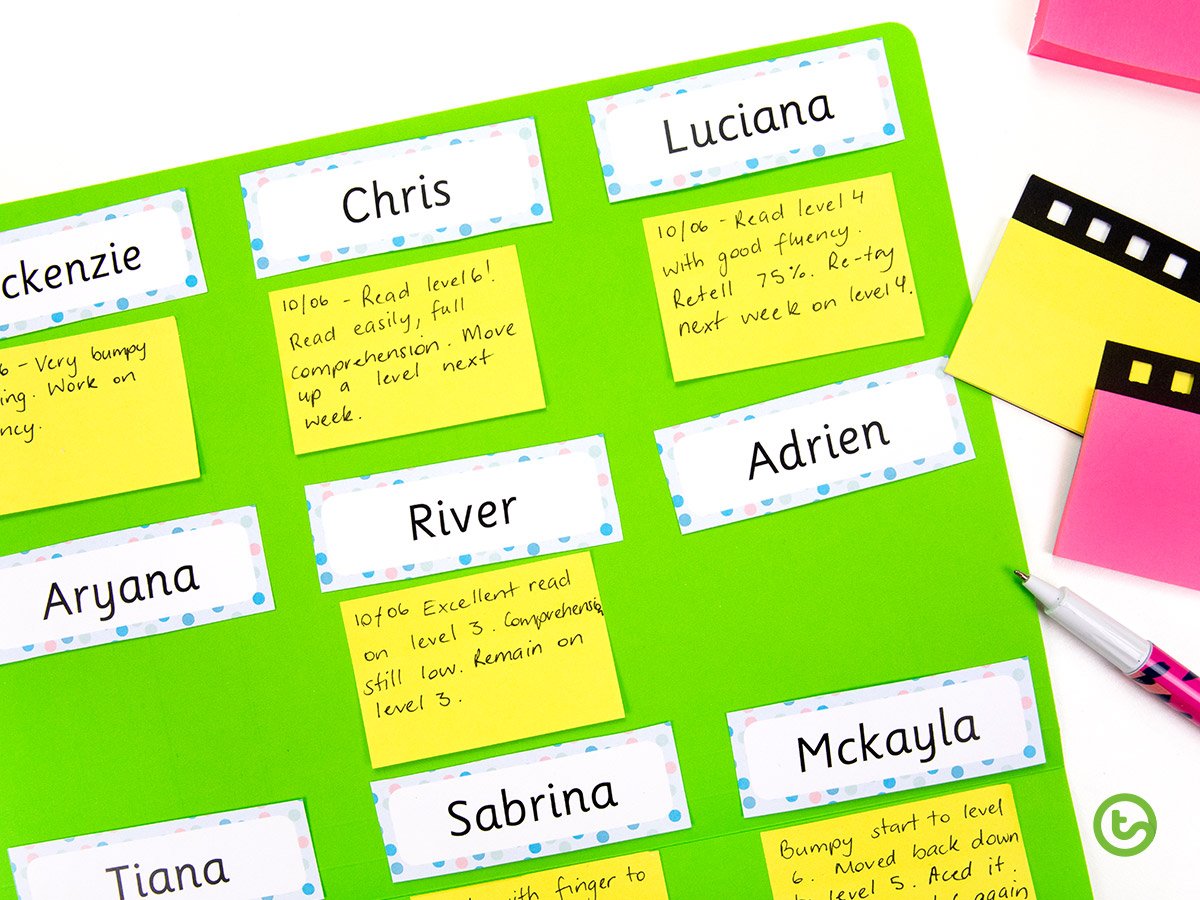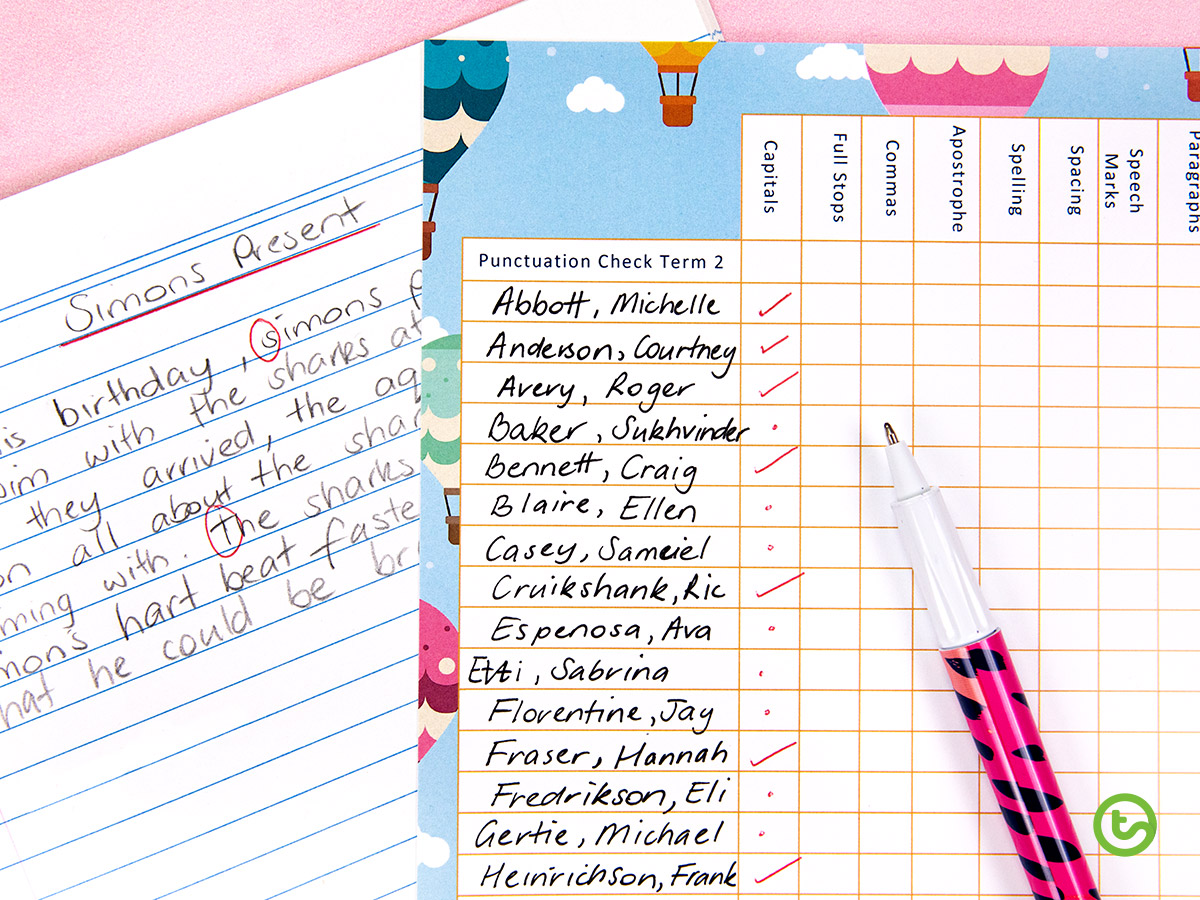Feeling apprehensive about report cards? Whether you’re a first-time teacher who’s worried about where to start or you’re a veteran who is just plain dreading them, the end of the school year can bring on the panic. But report cards are here to stay, so let’s talk about the best way to handle them!
First, a little reminder. Report cards are a great way to inform parents about their child’s behavior, skills, and academic performance. Yes, we know you know this. But it’s worth a reminder when you’re slogging through them all, isn’t it?
So on to the good news:
Providing meaningful feedback to give an accurate report on a student’s capabilities doesn’t have to be a chore. You just have to do one simple thing!
And that, my friends, is to take anecdotal notes.
Anecdotal notes are a fabulous way to keep track of your thoughts and observations in regard to student progress over the course of the term. They are concise, objective notes on a student’s skills or abilities at a point in time. When compiled over the course of the reporting term, they add up to be an accurate snapshot of a child’s progress and understanding. By the time report card writing rolls around, you will be ready to collate your notes and have your report card comments done in no time!
Methods of Anecdotal Note Taking
The wonderful thing about anecdotal notes is that you can write them in whichever way suits you best. Don’t forget, however, that your notes need to describe what each child is capable of in plain, objective, and detailed language.
For example:
- Don’t write “Johnny doesn’t know the planets of the Solar System”
- Do write “Johnny can recall that there are eight planets in the solar system, however, he can only name four of the planets – Earth, Mars, Venus, and Jupiter”
In the above example, Johnny understands that there are planets in the solar system, but he cannot name them all. See how this is more helpful? When it comes time to write your report card comments, you’ll know exactly how Johnny progressed, and what he is capable of. Just make sure to keep the comments up to date!
Sticky Notes
Carrying around a packet of sticky notes to create your anecdotal notes is a sure-fire way to get things done fast!

Use your sticky notes to jot down your observations. Place them either in a student’s book for further grading or on an area of your workstation. At the end of the day, collate your sticky notes in your office and record your observations on your laptop or in your student files.
What’s even better about sticky notes is that you can color-code them to show a student’s understanding! Blue sticky notes for great understanding, yellow for getting there, and orange for needs more help.
To make sure you haven’t missed any students, put together a manila folder like this one! Simply print off any of our editable Name Tags, and place them inside a manila folder.
One-off Skill Observation
Often, when teachers are grading they are taking in a whole lot of information. They are assessing a student’s understanding, as well as their ability to coherently explain their thoughts. At the same time, you may be grading spelling, punctuation, neatness, and a whole plethora of other information!
Make life a little easier by taking the time one lesson a week to assess just one skill in a student’s work. What this is, is up to you!
Instead of grading a piece of daily writing for language, sentence structure, handwriting, grammar, and punctuation, focus on ONE of those and see how much faster your grading will happen. If necessary, flick back over a student’s work for the week to get a more accurate snapshot. You can revisit the work next time you want to grade another skill.
Take A Photo
One of the easiest methods of note-taking is to save the evidence in a photo!
Taking photos of student work isn’t always appropriate (zooming in on a 3-page essay doesn’t sound like my type of fun!) but for visual work, it is an amazing way to keep track of student knowledge and understanding.

Santhosh Varghese/shutterstock.com
Next time your students create a diagram, diorama, or model take a photo to keep on file. If you take the photo on your phone or tablet, you can also easily add a comment or note by either drawing on the photo or creating a caption of your observations!
If you aren’t allowed a mobile phone in your classroom during lesson times, you can easily put work to the side of the room and quickly sort through and snap pictures when you have planning time.
Diary Notes
Perhaps the most common form of anecdotal note-taking, diary notes are a tried-and-tested method of saving time when assessing student work!
Keeping your class diary or planner on hand for a quick jot down of observations can help you flick back over the grading period and see exactly when and where a student began to develop an understanding of lesson content (or didn’t!).
Something as simple as a ‘got it’ and ‘didn’t get it’ list next to a lesson in your planner can do wonders – especially when it comes to influencing your future lesson planning. Why not use sticky notes again to keep things clean and remove them later when you collate your notes?
Color-Coded Grading
The other great way to use a diary page is to include one of our many beautifully designed class lists, and color-code skills to easily demonstrate student understanding.
Collate your class’s grades, and color-code based on grade levels of percentages. This way you can easily see how a student is tracking over the term at a glance!
Check List of Demonstrated Knowledge and Understanding
So, what do you do when there’s nothing to take a photo of? No work to attach a sticky note to?
Create a checklist of the knowledge and understanding that you want to assess in a particular lesson, of course!
Providing a student with a checklist when they are completing a piece of work gives them a great tool to self-assess their work, and empowers them to own their progress. It also gives the teacher something to check against when grading said work!
Take a look at some of our literacy checklists below:
[resource:154773][resource:820530][resource:694166][resource:152162]
Alternatively, take a look at these checklists to help you assess guided reading:
[resource:1034][resource:1039][resource:1617538][resource:1617738]










Comments